
Glory at her desk with her MAKAZI BORA work tools: calculator, credit officer's guide to loan cost, brochures, phone and client files.
The first three MAKAZI BORA loans were disbursed, giving a portfolio of 3 million shillings. The average loan amount for the first set of disbursements was 1,000,000 shillings (+/- $740). All three loans were in the loan use category of “completion,” being for completion of an unoccupied structure. Information was obtained that the loan that was rejected outright the previous week because it lacked a visibly active home improvement project was the husband of a defaulter from the previous Habitat program. Rejecting the application appears to have been the right thing to do, as it was likely to have been a bad loan.
Credit Officers were verbally reporting some comments made by clients, but there were not complaint or feedback forms documenting them. The system is not yet functional and credit officers were encouraged to use the complaint forms as per procedure when any registered client has something to say. The credit officer can fill it out and have the client sign it.
There were a number of guarantors from the first loans that now want to apply themselves. This is against policy and the guarantor form (in Kiswahili) clearly states that guarantors of an active loan cannot apply for a loan themselves until the loan they are guaranteeing is paid off. We almost had a circle of clients guaranteeing each other, but stood firm on the policy. If a guarantor wants a loan, the client for whom he or she is guaranteeing should get a suitable replacement and remove the guarantor – or the guarantor can wait.
During the first credit committee meeting, it became apparent the income assessment was not rigorous. It looked as if the credit officers were just writing down whatever the clients said. We had asked them to provide notes on how they calculated income and expense, but these were still not sufficient. We will begin to make worksheets for calculating income for different types of businesses based on the nature of the business. If the client is a charcoal seller, the credit officer will use the charcoal seller worksheet, etc.
I (Scott) appear to have been the first person to violate the Client Principles. In our Habitat for Humanity Tanzania newsletter, I put a few very brief profiles of homeowners to demonstrate the types of home improvements we will be supporting and the types of clients. I included a photo of clients and the approximate loan amount. It seemed to me afterwards, however, that this is a violation of our client principles of dignity and protection of client information. Maybe the client doesn’t want people knowing the size of his or her loan! This was a mistake. As a result, we decided to make some changes to our application form, which is the only form that had been in English. We translated it into Kiswahili and put in a section in which the clients could indicate whether we have permission to use their photos for promotional or reporting purposes. We will just have to remember to check on the files before using clients photos, including in MAKAZI BORA DIARY!

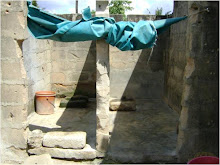

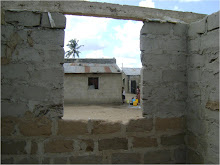
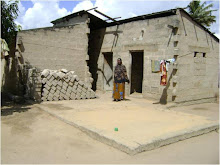
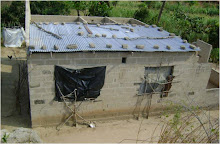
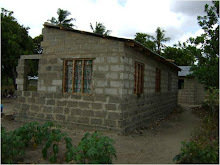

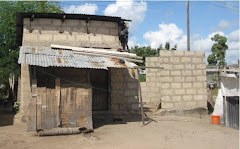






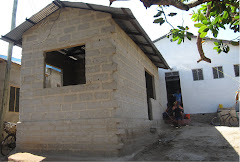.jpg)






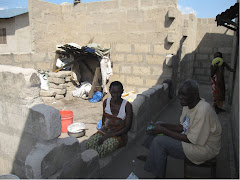
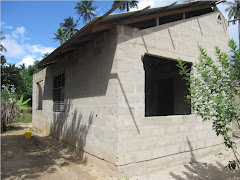

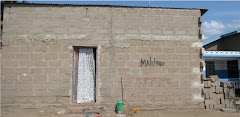

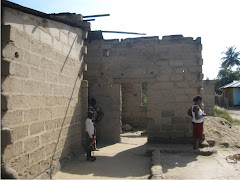













No comments:
Post a Comment